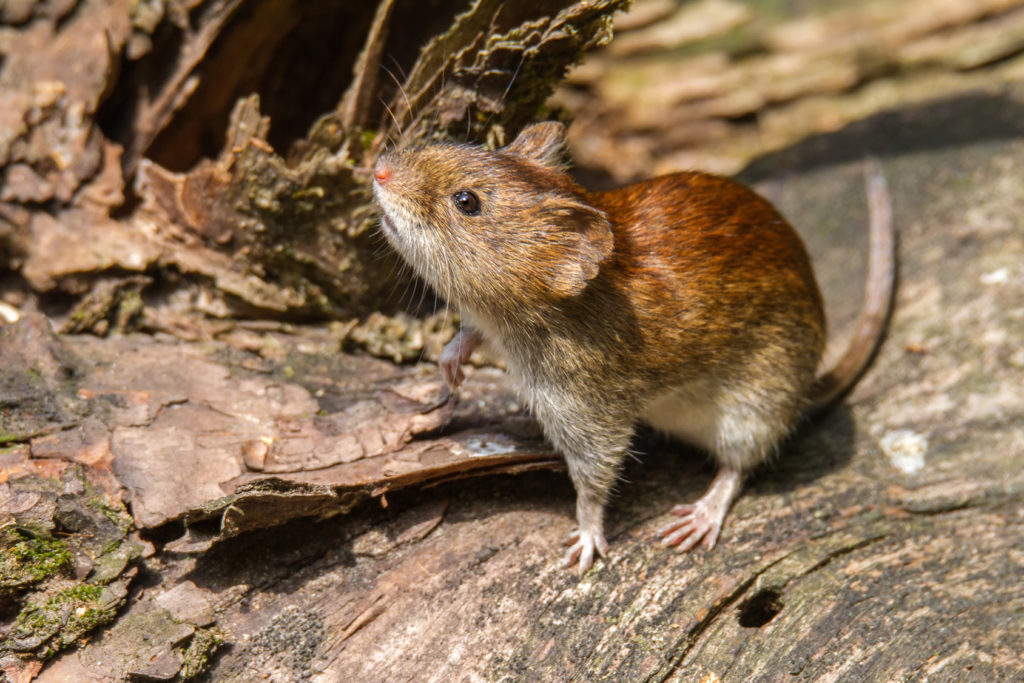Warning: Dangerous Hantavirus spreads strengthened – protect yourself
Warning against the dangerous Hantavirus – the number of infections increases
This year, the Hantavirus spread in various regions of Germany, especially quickly. The pathogen is transmitted through feces, saliva, or urine of Rötelmäusen on the people and leads to flu-like symptoms. The Robert Koch-Institute, 460 cases were reported within this year. Health experts explain how you can protect yourself.
Currently, there is more to Hantavirus infections
In Parts of Germany, Hantavirus infections are currently increasing. The virus is excreted by infected rodents, especially of the Rötelmaus, via saliva, feces, and urine. The Transmission to humans occurs either via the respiratory tract or by smear infections. Experts explain how you can protects against infections.

Increase in diseases in lower Bavaria
In some regions of Germany, currently increasingly Hantavirus reported infections. According to a report in the “Passauer Neue Presse” (PNP), there was in Germany until the end of April to 202 diseases. In the prior-year period, there were only 62.
In Bavaria especially, the Bavarian forest, count of lower Franconia and lower Bavaria – to the Hantavirus.
According to the paper were recorded in the district of Passau, so far, seven cases in the previous year, there was no.
And in the district of Freyung-Grafenau, there was this year, 17 diseases, in 2018, a case has been recorded.
Disease begins with flu-like symptoms
Occurring In Germany Hantavirus types of call mostly diseases with flu-like symptoms such as fever, fatigue, headache, abdominal and back pain.
In the further course, it can also cause a drop in blood pressure.
It is also more severe courses of disease are possible: According to the Robert Koch Institute (RKI) can Hantavirus infections in Central Europe, problems with their kidneys to acute renal failure cause.
However, the majority of people infected with the Virus, there are no or only nonspecific symptoms.
Virus Transmission via the respiratory tract or by smear infections
In a Bulletin of the RKI, one learns how the disease spreads: Hantaviruses are excreted from infected rodents (e.g. mice and rats), and tree shrews via saliva, urine and feces.
The Transmission to humans occurs either via the respiratory tract or through smear infections via the hands.
“The person is infected through contact with excreta of infected rodents, if contaminated dust to be stirred up, and the pathogen is inhaled.”
For contagion, there is no direct contact with the animals is necessary. Infection by bites of infected rodents is, according to the RKI also possible.
A Transmission of person-to-person, as well as contamination via Pets or through vectors (for example mosquitoes or ticks) do not take place but is likely to be.
How you can protect yourself
The RKI also explains how you can protect yourself: “you can reduce the risk of Hantavirus infection, by avoiding contact with rodents and their excreta, and certain precautions.”
According to the experts, especially the prevention of the entry of rodents into the living area and its surrounding environment”.”
These measures should be implemented, especially in known endemic areas, if the rodent infestation has been found, or if activities at locations to be executed, where the expectation of the occurrence referred to in rodents.
The Bavarian state office for health and food safety (LGL) points on their website, that in the case of activities in the premises (sheds, cellars, attics, garden sheds), in which mice hausen, but also Outdoors, for example in the case of compost, or wood work, special care is required.
“The development of dust should be avoided in cleaning work, by prior Moistening. With signs of mice infestation gloves and, if necessary, mouth protection should be worn“, so the LGL.
More to the topic
Already in 2012, the RKI warned, given a record value, in the case of the Hanta-Virus infections of the dangers of the pathogen, also brings for the people. Recently many cases of Hanta Virus have been identified in the year 2017-infections in humans. Overall, the Hantavirus spreads, as originally feared. The current messages of the RKI confirm this again and, in particular, in the high-risk areas, the people are called, therefore, to increased prevention measures. (ad)
